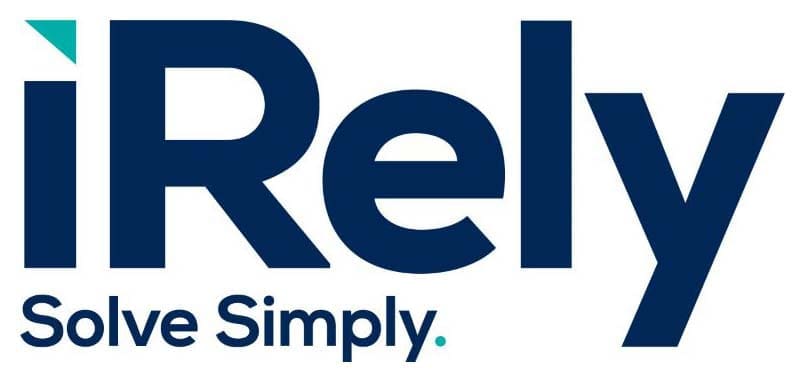For companies that purchase or sell commodities, integrating commodity management software with external and internal systems is essential. Commodity trading is data intensive, and a lot of that data resides in different systems. Commodity procurement is complicated, with complex pricing, so you need your commodity management software to seamlessly connect with ERP to ensure you have one true picture of the costs and profits associated with each commodity transaction. You need visibility across the entire supply to ensure you have the commodities you need at the right time and place.
ERP Integrations in Commodity Management
Commodities are the raw materials manufacturers use to produce the products they sell. For example, a candy company needs ingredients like sugar, cocoa, and nuts to manufacture candy. They secure contracts for these commodities months in advance to ensure they have the raw materials they need to fulfill their production schedule. If they run out of cocoa, they cannot manufacture their candy bars and they will not fulfill their contracts.
Master data, purchase orders, demand schedules, updated inventory balances, etc. are created in ERP and this information must be shared with the commodity management system to ensure the procurement team secures the right raw material inputs at the right time, quality, and quantity. The production schedule is also created in ERP and shared with commodity management to ensure the right commodities are delivered to each manufacturing location to meet the production schedule.
This seamless integration must go both ways. Contracts for commodities are created in the commodity management system based on the production schedule. The contract information required by ERP is integrated in this master contract, including shipment expected date, vendor name, vendor ID, and shipping schedule.
Commodities are tracked and key metrics are passed from commodity management to ERP, and these are updated when changes occur, such as delays in expected arrival dates. When commodities arrive, receipt takes place with key data passed from commodity management to ERP.
There is an entire flow of data back and forth between the systems that is essential for efficient and cost-effective commodity management.
SAP iRely Integration Overview – Purchase Order (PO) Example
Purchase Order Creation
- iRely sends a purchase order create feed to SAP when a contract/sequence is approved
- SAP creates a purchase order based on the purchase order create feed from iRely. iRely can create one PO for multiple contract sequences (lines) or one PO for each contract sequence (line)
- SAP sends the SAP PO number as an acknowledgement to the iRely system
- All further communications from iRely to SAP will be using the SAP PO number
- iRely sends a PO update feed to SAP each time a change is made to the contract/sequence. The SAP PO number and PO item number are used to uniquely identify a specific line item with a PO
Receipt of Goods
- iRely sends a good receipt feed to SAP every time an inventory receipt is posted in iRely
iRely’s CTRM was designed with native accounting and supply chain functionality to ensure our software integrates seamlessly with all ERP systems, including SAP, Oracle, and Microsoft. Developed by commodity experts and accountants, iRely’s CTRM shares all trading and financial data in the format ERP systems require with standard integrations. Data flows seamlessly between the systems in real time, providing end-to-end supply chain visibility and ensuring your teams are working with one, accurate view of your business.
Learn how our seamless integrations can power your business.
